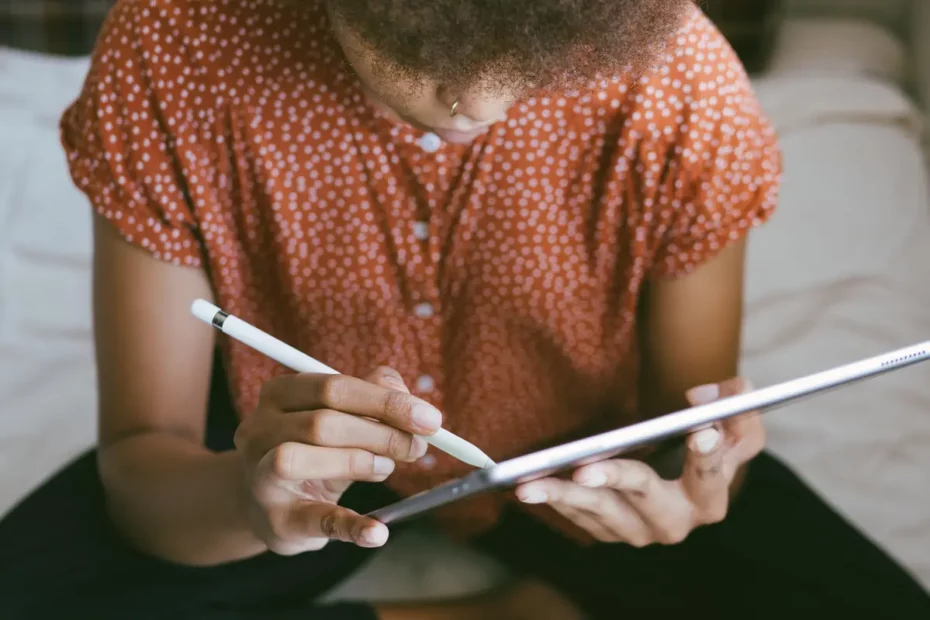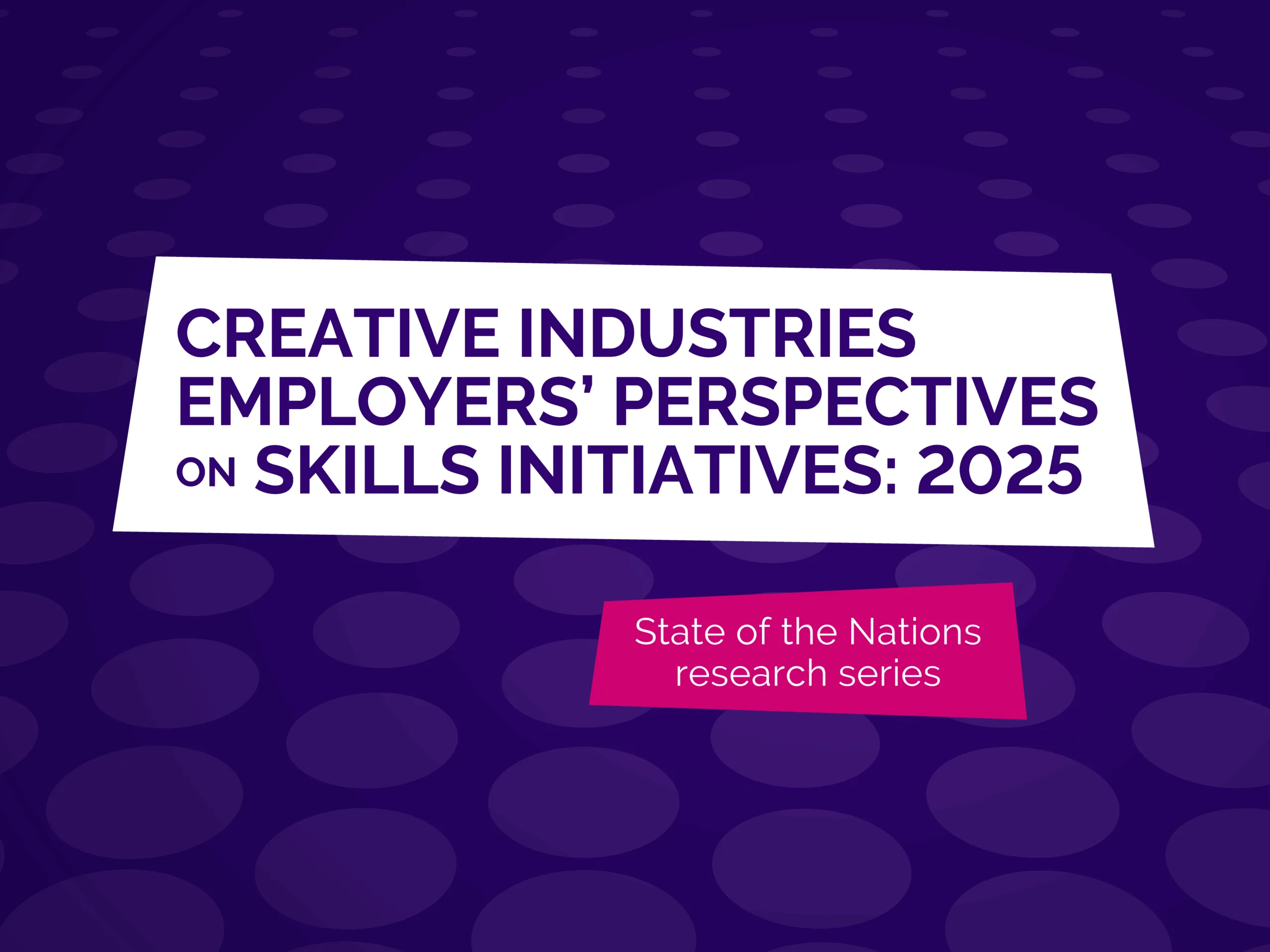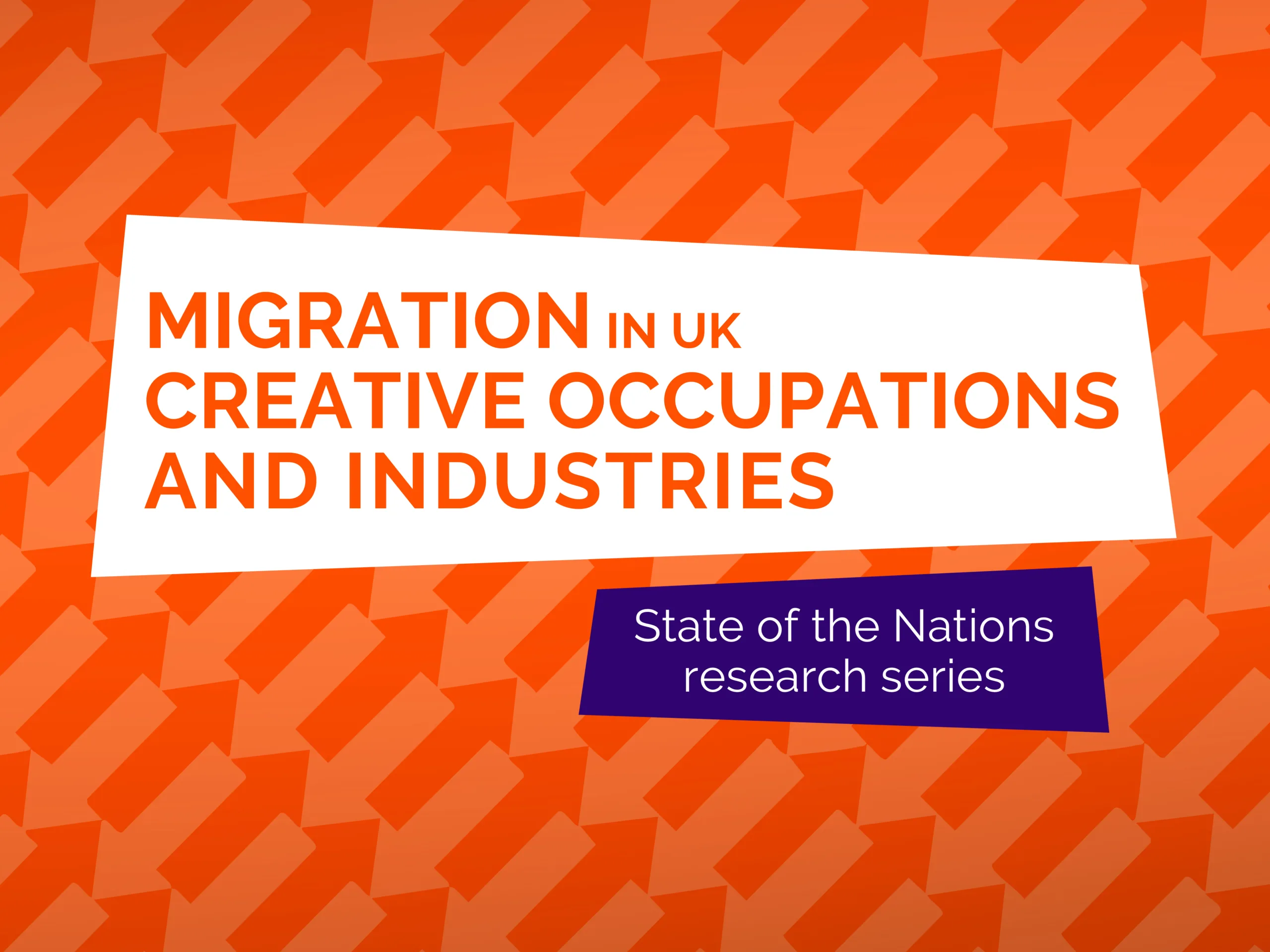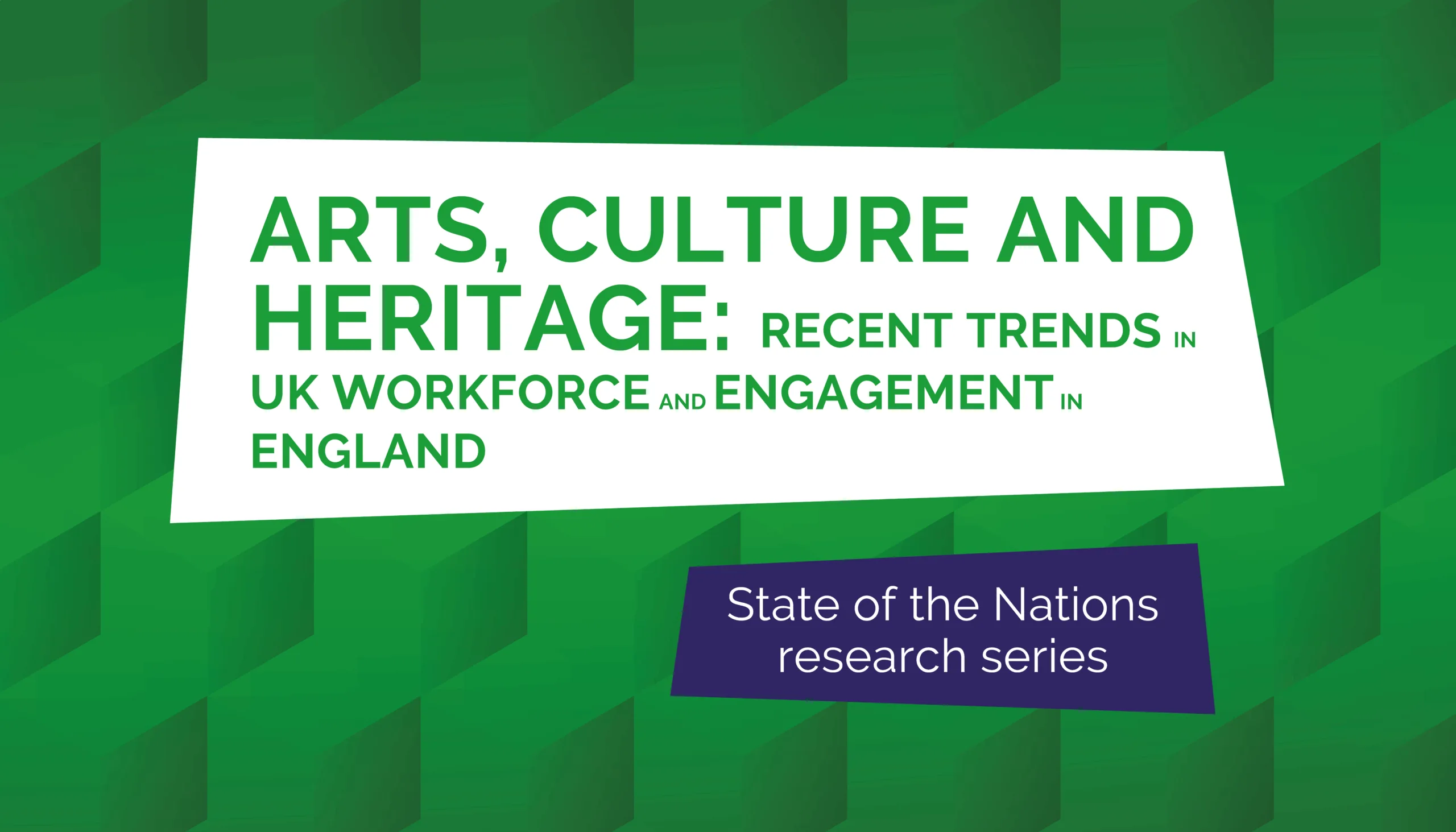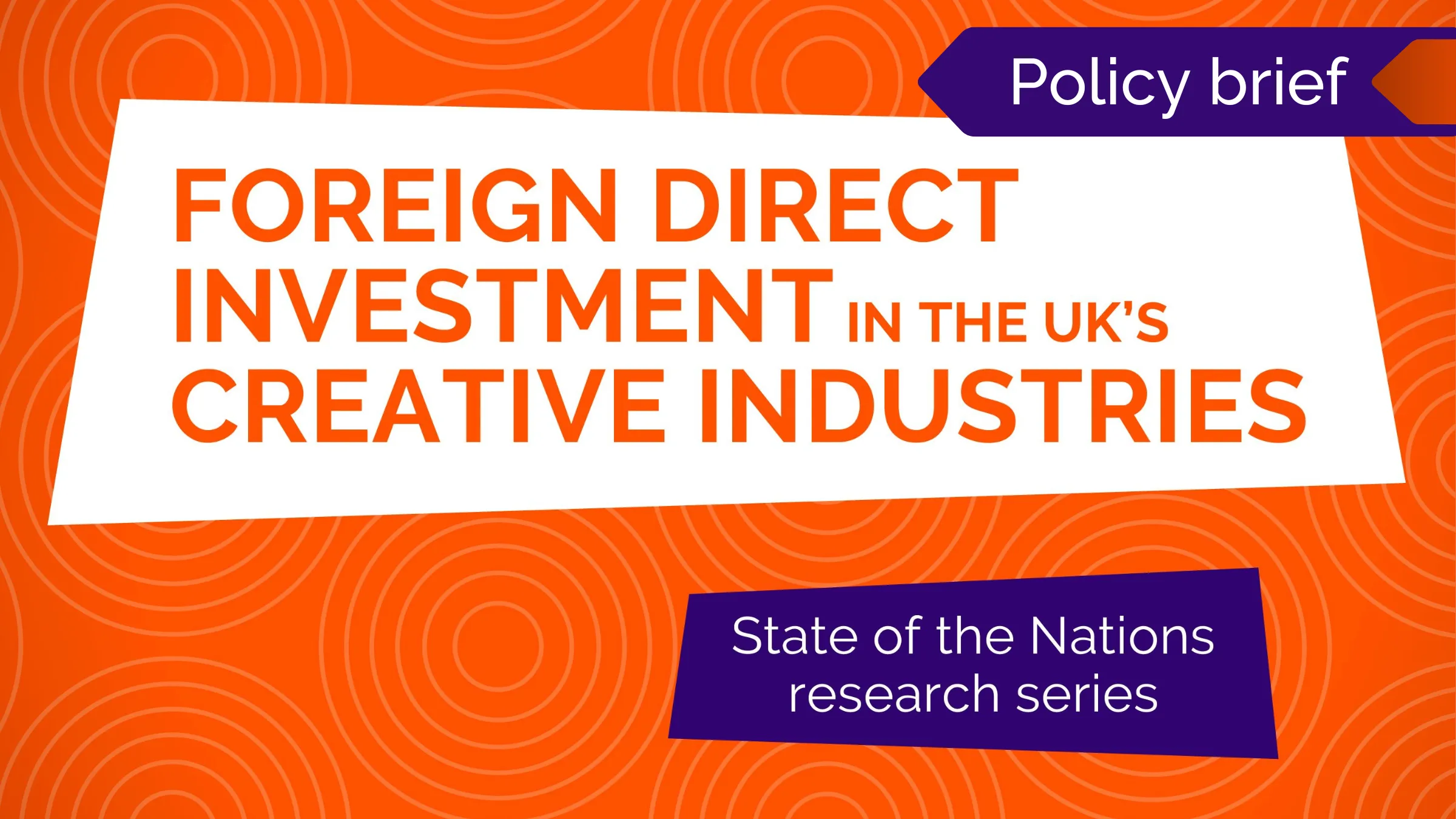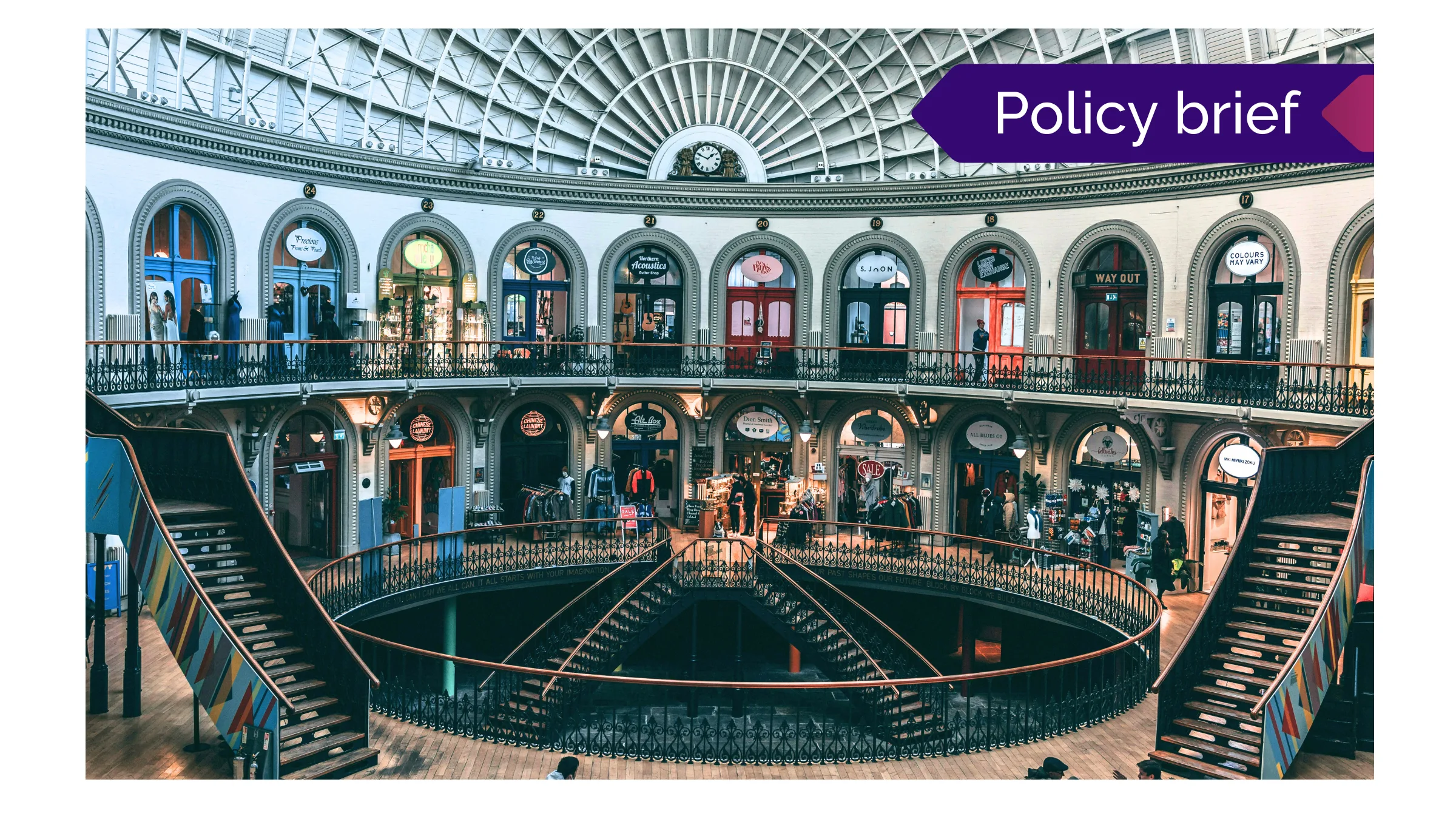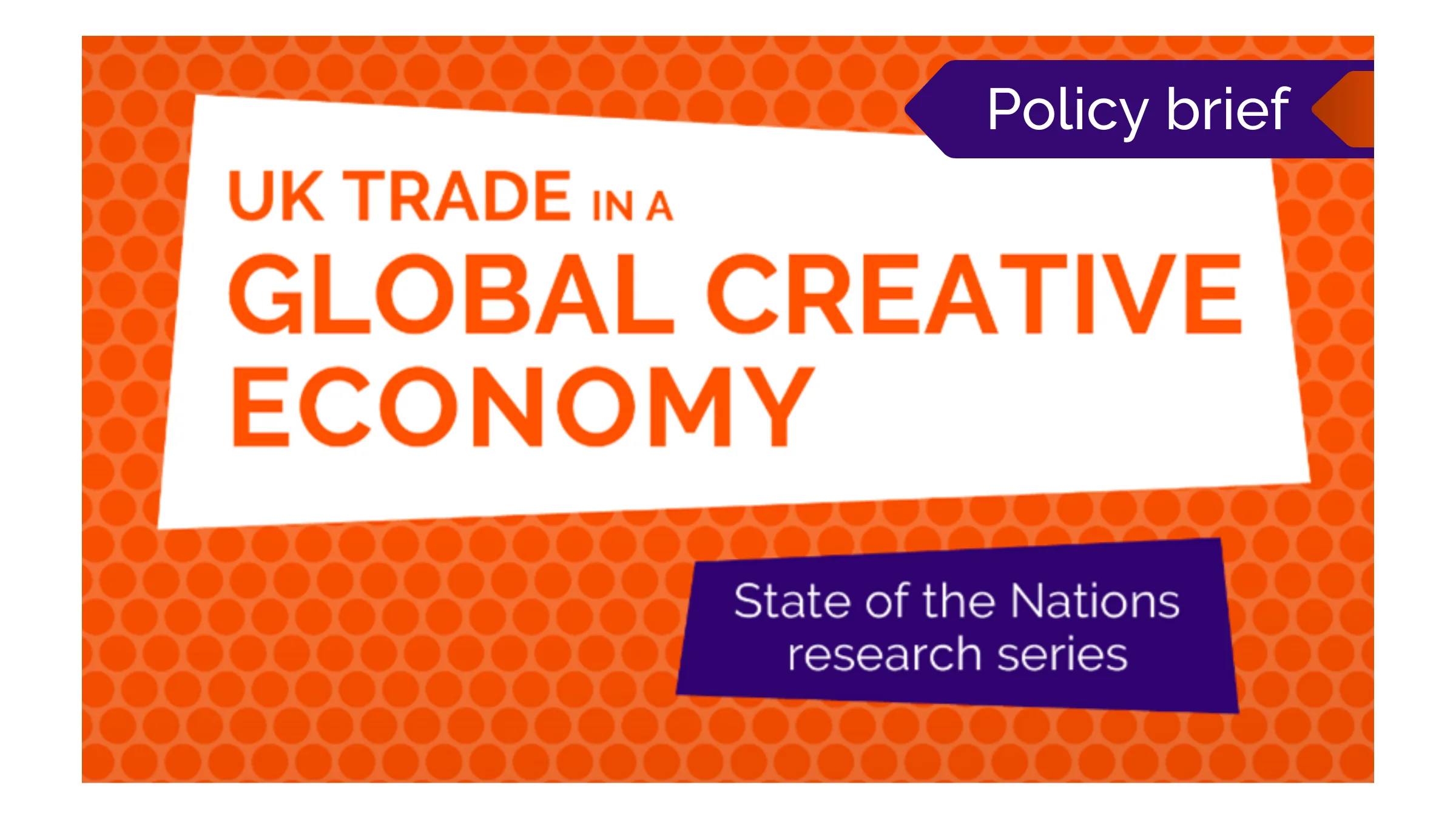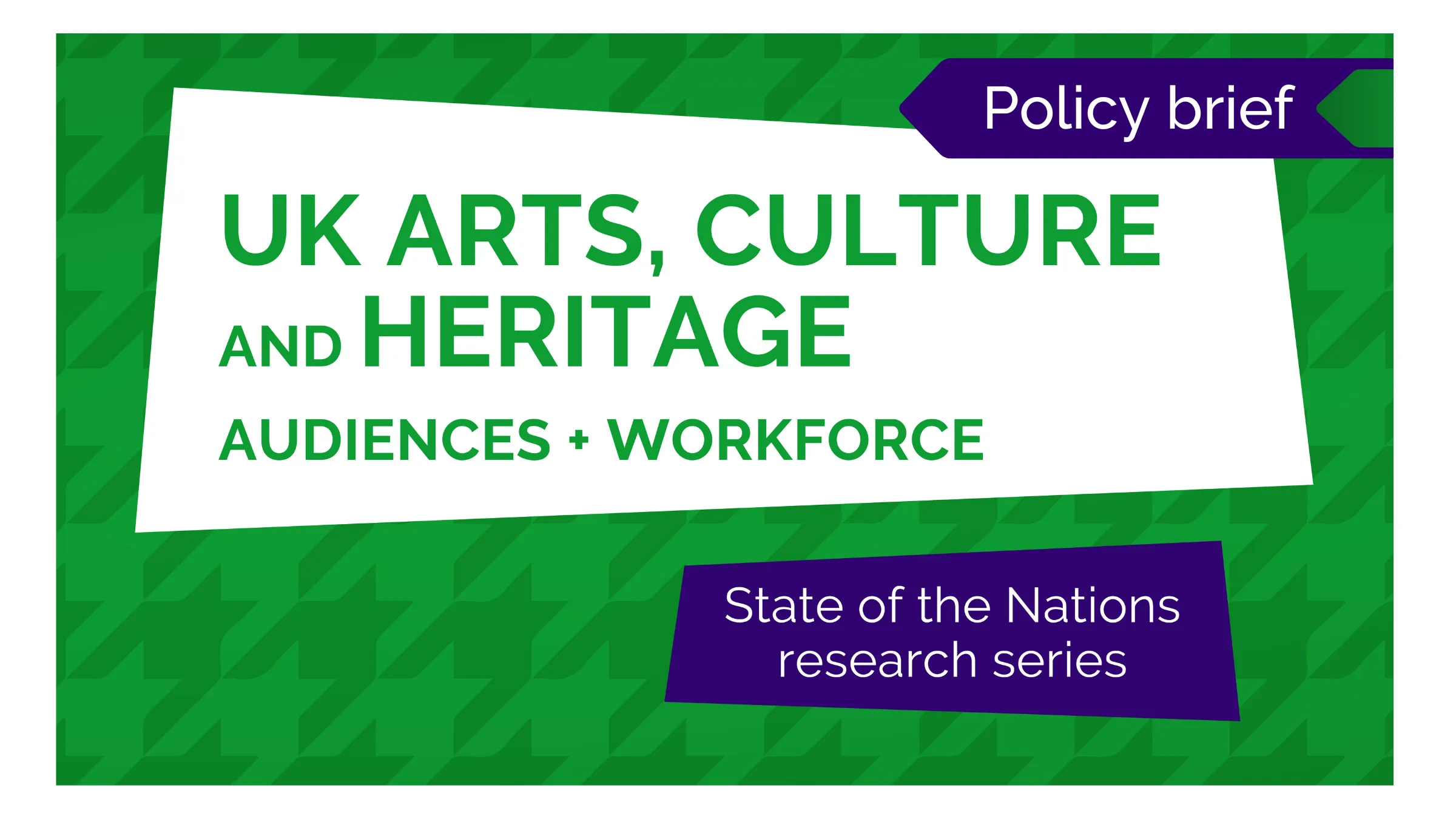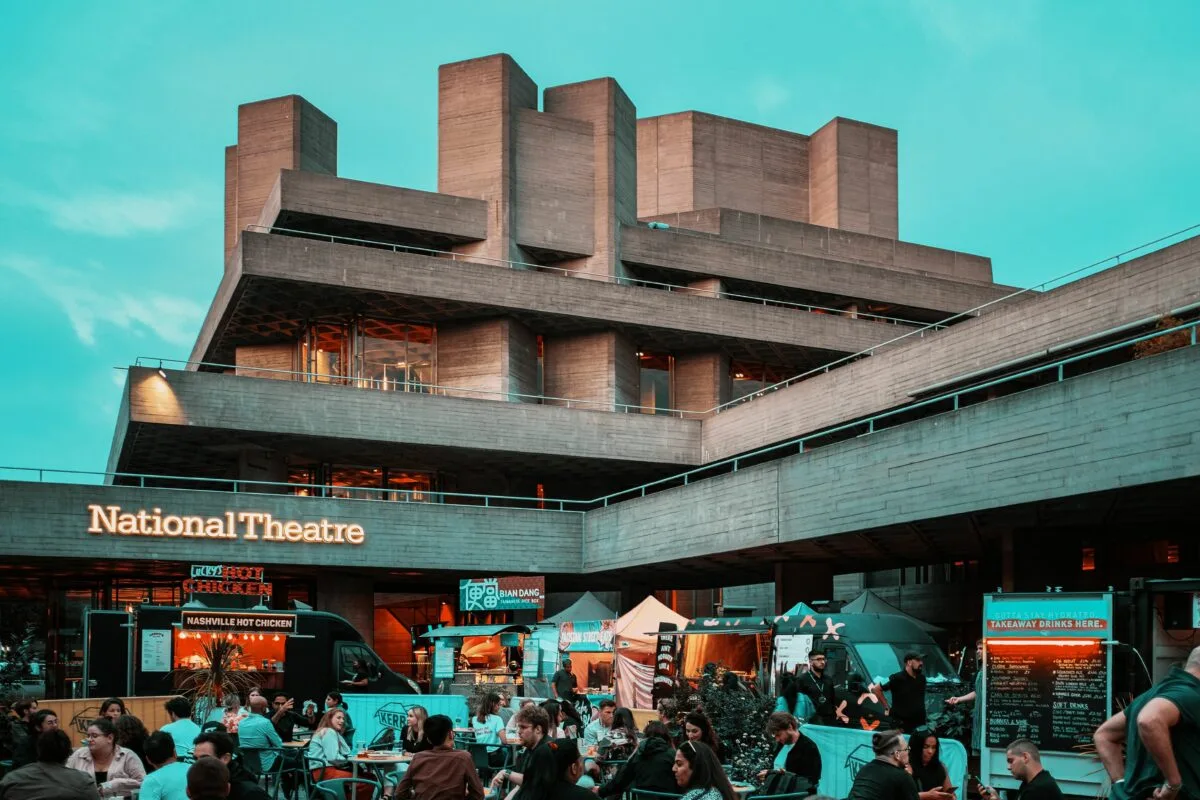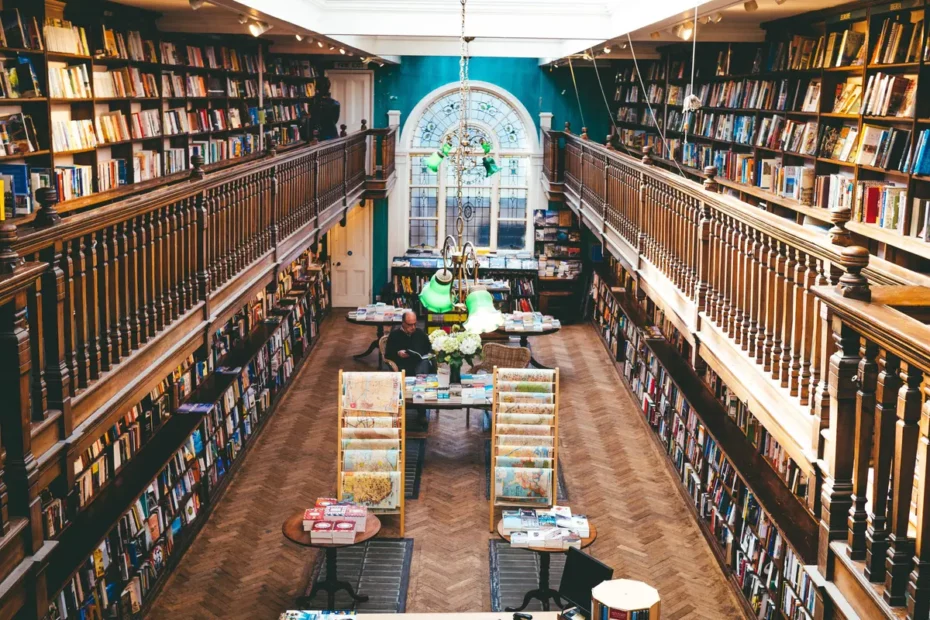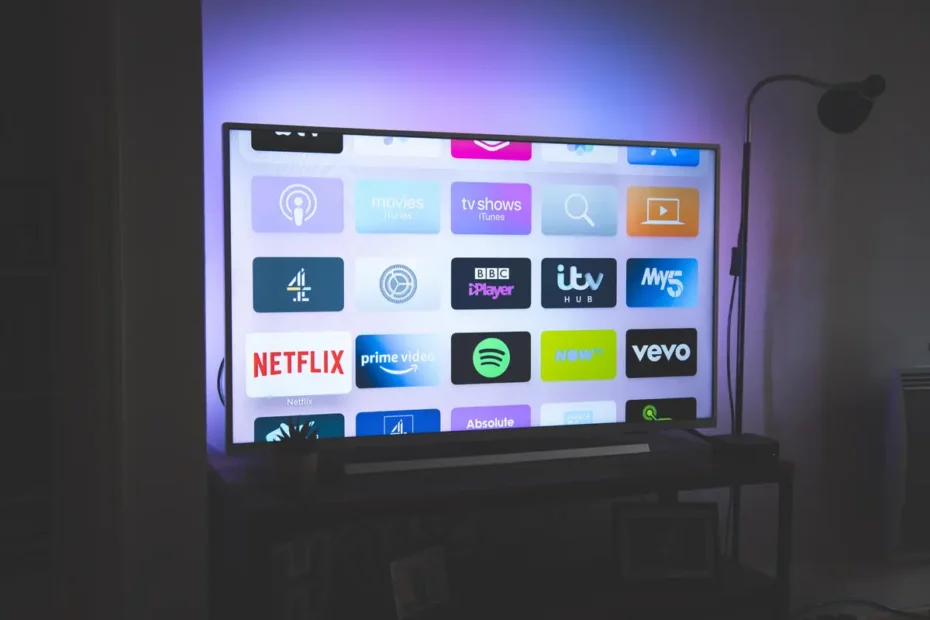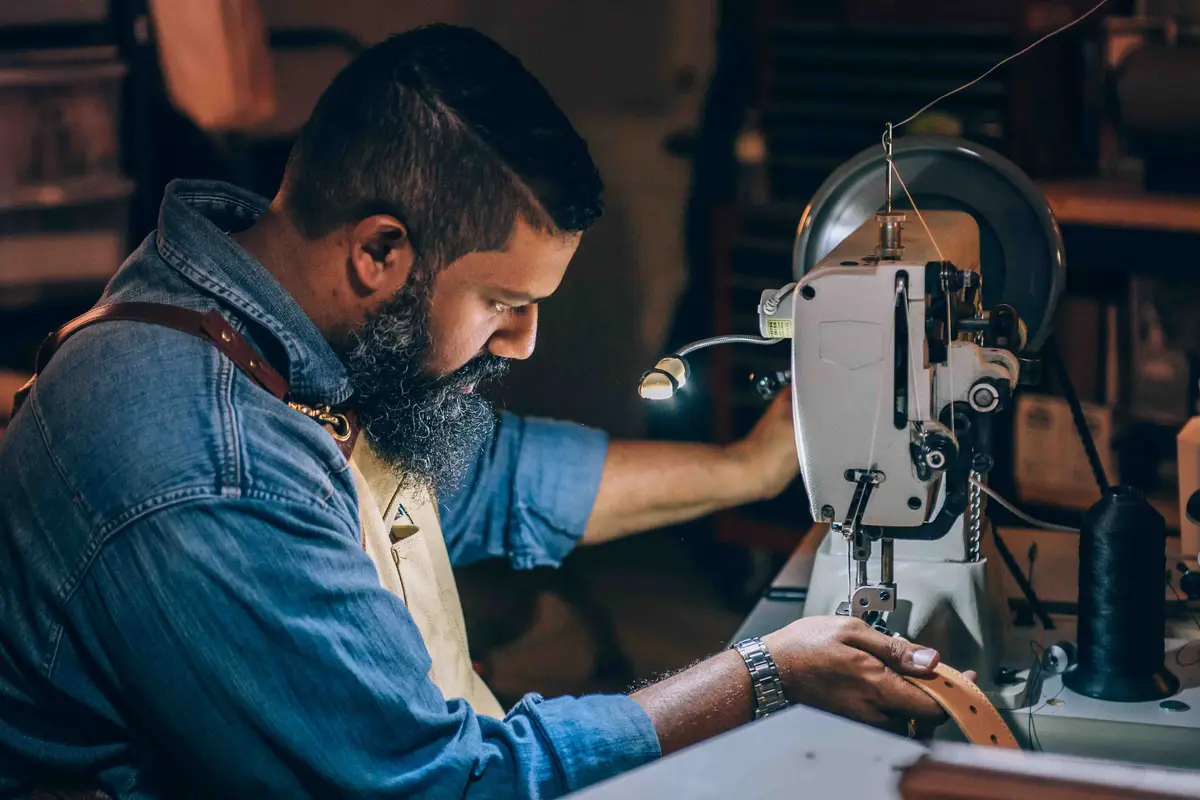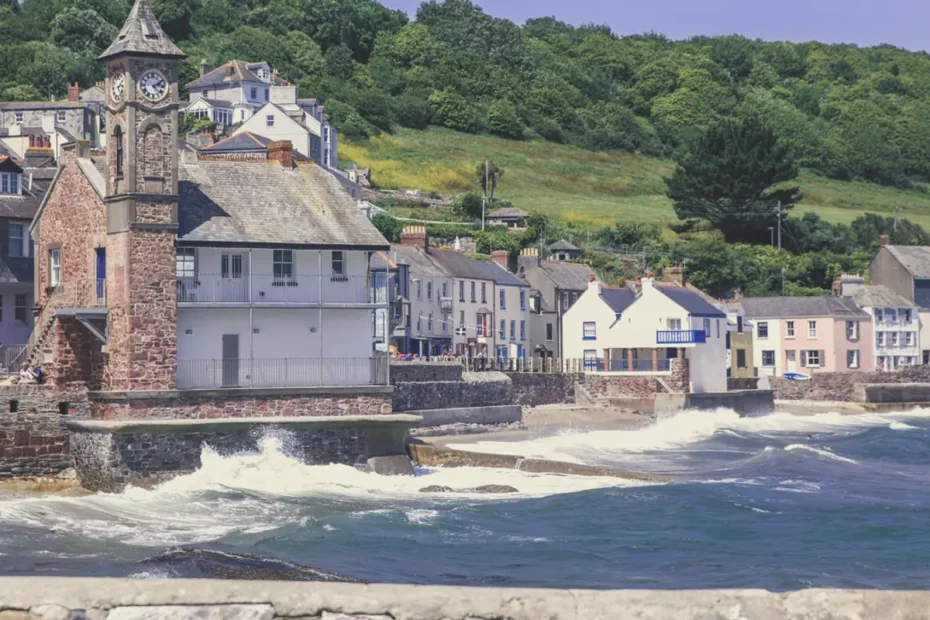Insights from the nine-week study into consumers cultural consumption habits – data from wave 9 of the survey
This is the latest release of the data from a survey of people’s consumption of culture through lockdown, commissioned by the PEC and the Intellectual Property Office (IPO), and carried out by Audience Net.
The study aims to measure the impact that lockdown has had on the creative industries, by asking people about their habits of cultural consumption, such as the amount of TV they watch or how they listen to music, and whether it has changed in 2020.
The insights provided by the survey show how important culture is for people,especially those who are physically isolated by stricter local lockdown restrictions. The survey also illustrates the impact that the lockdown has had on the creative industries. While people have spent time enjoying film, video games, music and books, they have spent the most time watching television. Within some sub-sectors, such as publishing, we can delve even deeper and see that audiobooks have been the most popular device for reading, above books, e-books and magazines.
PEC Director Hasan Bakhshi goes into more detail about some of the findings from the survey and what they could mean.
Overview of the Waves 1 to 9 of the Survey
The sudden outbreak of COVID-19 and the UK’s period of lockdown has changed the way we experience cultural content – from film, to live music, and art exhibitions. Movement restrictions leading to more time in the home, the mental wellbeing consequences of social distancing and the huge economic uncertainties, disrupted the way that the public accessed digital content during the lockdown period.
Monitoring these disruptions was critically important to understand the impact that the crisis has had on the Creative Industries, like film, TV, music, video games, publishing and theatre. These sectors generate billions of pounds of value added for the UK economy through physical engagement with consumers.
The first part of the survey, referred to as waves 1 to 6, was carried out over six weeks from April to June, when the UK was in a full national lockdown. The national lockdown ended on July the 4th, although local lockdown restrictions remained in some places, such as Leicester. There were then three further waves of the study, referred to as 7-9, carried out in July, August and September, during which some parts of the UK were in local lockdowns at various points.
This report is an analysis of the data from wave 9 of the survey, using a sample of 1000 people, and covers the week 14th-20th September. This period saw new local lockdown systems come into place in some regions in England, such as in the North East, while other areas remained relatively open. There were also differences in lockdown restrictions between the four nations, although because of the smaller sample size there are not enough observations in those nations to look at them separately and report meaningful numbers.
As a result, the data is useful for examining how variations in lockdown restrictions between areas in England have impacted the consumption of culture and people’s wellbeing and happiness.
Five key findings from Wave 9
1) Across the whole survey, we can see that some long term trends, such as the decline in downloading in favour of streaming content, were accelerated.
2) One clear though not particularly surprising finding is that people in local lockdown areas watched more television and films than those in less restricted areas.
3) At the same time, the end of lockdown saw a considerable uptick in physical purchases of music and video games, indicating that the retail experience is still important to many people.
4) The relaxing of lockdown measures hasn’t had a noticeable effect on people’s reported wellbeing. Reported anxiety levels were highest at the start of lockdown, falling over the next few weeks, and remaining stable even as shops, pubs and restaurants reopened and people could more easily meet friends and family.
5) As you might expect, there was an increase in those who are working inside the home and those who say they are working from home more. The proportion of people who used video conferencing software, like Zoom, for work was highest in wave 9 at 31%, possibly the result of furlough schemes coming to an end and people returning to work.
About the study
The PEC and the IPO commissioned AudienceNet to design and conduct a weekly nationally representative survey of 1000+ consumers aged 16+ on how they engage with digital cultural content in the home. Six weeks of data were collected across six consecutive weeks (9th April to 24th May 2020), with further data collection in July, August and September 2020. As well as asking many questions drawn from the IPO’s Online Copyright Infringement (OCI) Tracker, conducted on nine occasions since 2010, enabling some historical comparisons, the survey asks about time spent engaging with different content categories and about impacts of the COVID-19 pandemic, including wellbeing. The study builds on research in the PEC’s area of work in Intellectual Property, Business Models, Access to Finance and Content Regulation, led by PEC researchers from the University of Glasgow.
We were unfortunately unable to include radio or podcasts in the study as there were no questions about these content categories in the OCI Tracker Survey that it was based on. We have gathered data about podcasts and radio from week 6 of the study, which features at the end of the week 6 report. We are unable to compare this to previous years, however we hope it is still useful for anyone interested in radio and podcast consumption.
Find out more in the full report and learn more about the study in the blog from Hasan Bakhshi, Director of the PEC.
Published 26 November 2020
Photo by RF._.studio from Pexels
Related Policy Briefings
Policy Brief: Creative Industries Employers’ Perspectives on Skills Initiatives: 2025
Overview The Government’s new Industrial Strategy sets a long-term, sector-focused approach to skill…
Policy Brief: Migration in UK Creative Occupations and Industries
Overview The UK’s creative industries are internationally oriented, a fact that’s reflected in its e…
Policy Brief: Arts, Culture and Heritage: Recent Trends in UK Workforce and Engagement in England
Overview Five years after the Covid-19 pandemic, engagement and employment in the arts, culture and …
Policy Brief: Foreign Direct Investment in the UK’s Creative Industries
Read the Policy Brief based on the most recent State of the Nations Report on FDI.
Policy Brief: Insights from the Northern Creative Corridor Workshops Sprint
The Northern Creative Corridor is an initiative aimed at connecting creative clusters across Norther…
Policy Brief: International Trade and the UK Creative Industries
This policy brief examines international trade in the UK creative industries. Drawing on our UK Trad…
Policy brief: Audiences and Workforce in Arts Culture and Heritage
This policy brief uses census data to provide, for the first time, a comprehensive analysis of audie…
Policy Brief: Transitioning to Sustainable Production across the UK Theatre Sector
This policy brief outlines recommendations for transitioning to more sustainable theatre production …
Authors’ Earnings in the UK
This policy briefing sets out areas for possible policy action, proposed by the researchers at CREAT…
Television production, international trade and pressures to consolidate
The UK television production sector is one of Britain’s leading creative export sectors. This briefi…
Three ways to support growth in the creative industries
Three ways to support growth in the creative industries The Creative Industries are an economic powe…
Policy briefing: Creative industries innovation in seaside resorts and country towns
This policy brief is based on a PEC Discussion Paper: Creative Industries Innovation in Seaside Reso…
